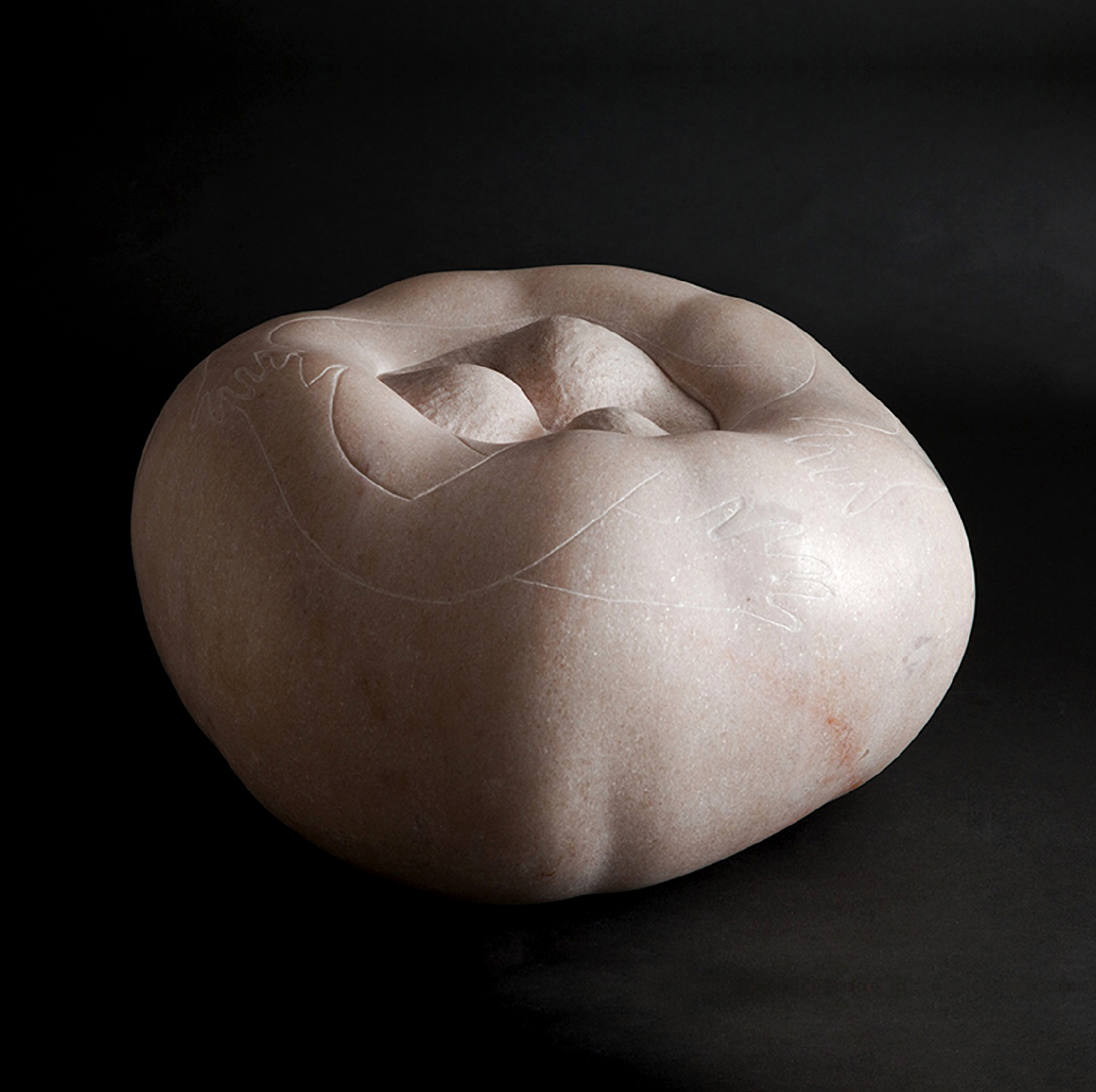The City of Albuquerque acquires Taos artist TJ Mabrey sculpture for the Public Art Collection
The story behind TJ Mabrey’s sculpture, “Three Sisters,” is complicated. It’s related to agriculture; and it speaks to survival from agriculture – for both the human race and our home, the Earth.
While the human story is complicated, the history of agriculture is equally complex. Once our ancestors organized agriculture, they wanted to feed the world. With advances in science, chemical fertilizers became popular; the horse was replaced by the combustion engine.

We now thought we had a way to feed the hungry and eliminate starvation – but what grew out of these advancements was a disaster for the environment, and thus for human survival.
Capitalism ruled; big agri-business was born; new methods depleted soil nutrients; more chemicals were needed. Deep-earth plowing created loss of top soil, disrupted soil microorganisms, depleted the soil’s health, and eventually degraded the health of humans and the environment.
True, these ambitious projects produced more food, but they also increased global warming and contributed to eco-system destruction – the “Elegant Trap,” described by Wes Jackson of the Land Institute in Kansas. Why are humans intent on encouraging the destructive practices that are killing the planet that sustains them? Jackson asks.
Three Sisters tribute to Native agriculture
There is a glimmer of hope from this dilemma evolving from the philosophy of “Three Sisters Gardens.” Mabrey’s sculpture is a tribute to the Native Americans throughout North America famously known for growing variations of Three Sisters Gardens, whose main companion crops are corn, beans and squash. Not only do these three crops benefit each other’s life cycles, they provide a balanced nutritional diet for the gardener while giving back to the Earth.
Originated in Mesoamerica thousands of years ago, squash was the first to be domesticated, and the Turban squash was the inspiration for the “Three Sisters” sculpture, due to the distinctive protuberances on the top of the squash. In Mabrey’s sculpture, the bumps are the heads of three sisters; shoulder to shoulder, with their arms wrapped around each other, huddled in deep conversation.
Perhaps they are talking about how more people are gardening since the COVID-19 pandemic, perhaps by people trying to reduce stress from the isolation of quarantine, but also wanting to provide food security.
Fruit and vegetable seed sales are jumping worldwide. Backyard gardens are popping up in urban and suburban communities. Small family farms are expanding. These can all be part of a movement to save the Earth, more than big agri-business can provide, which can only kill the planet and humans.
It’s time to welcome the return of the Three Sisters. As Joni Mitchell sings, it’s time to “get back to the garden”!

